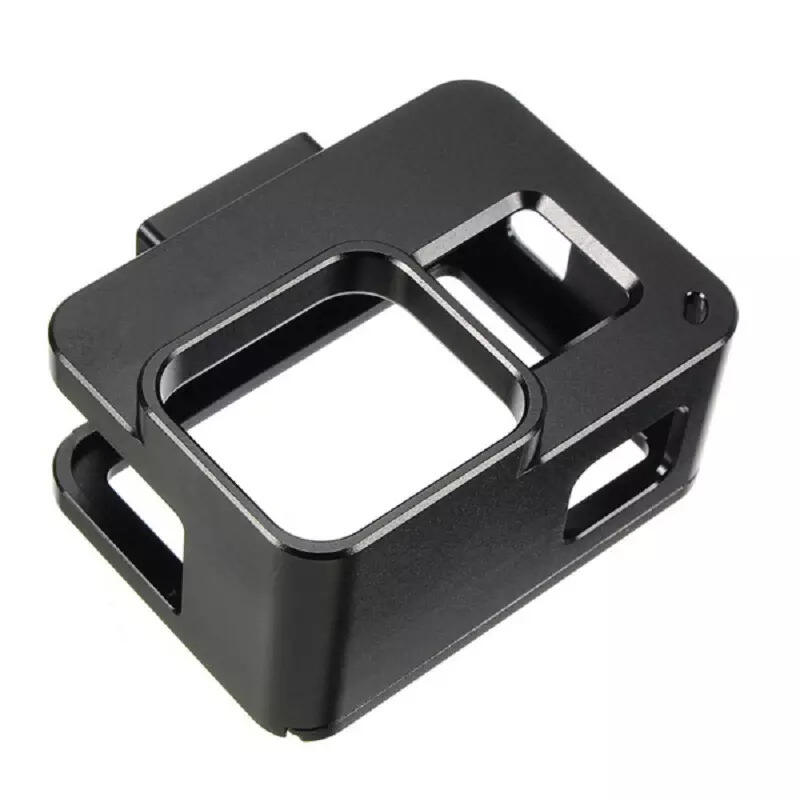die casting
In die casting, molten metal is forced under high pressure into a mold cavity die. What die casting does is to produce part components that have high dimensional accuracy and very good surface finish. The technologic aspects of die casting include production of thinwall sections and intricate shapes, close tolerances. An entirely automated process increases efficiency and reliability. Places used for diecasting run a gamut of industries including motor vehicles, aerospace products, home appliances like washing machines and refrigerators, communication electronics parts even housewares. This is because they all require robust metallic constructionEconomical assy cost: Besides substantive difference in appropriate coupler type, offset value within the # 20 device and pertinent tensionapplied tothose screws offer significant price advantage.


